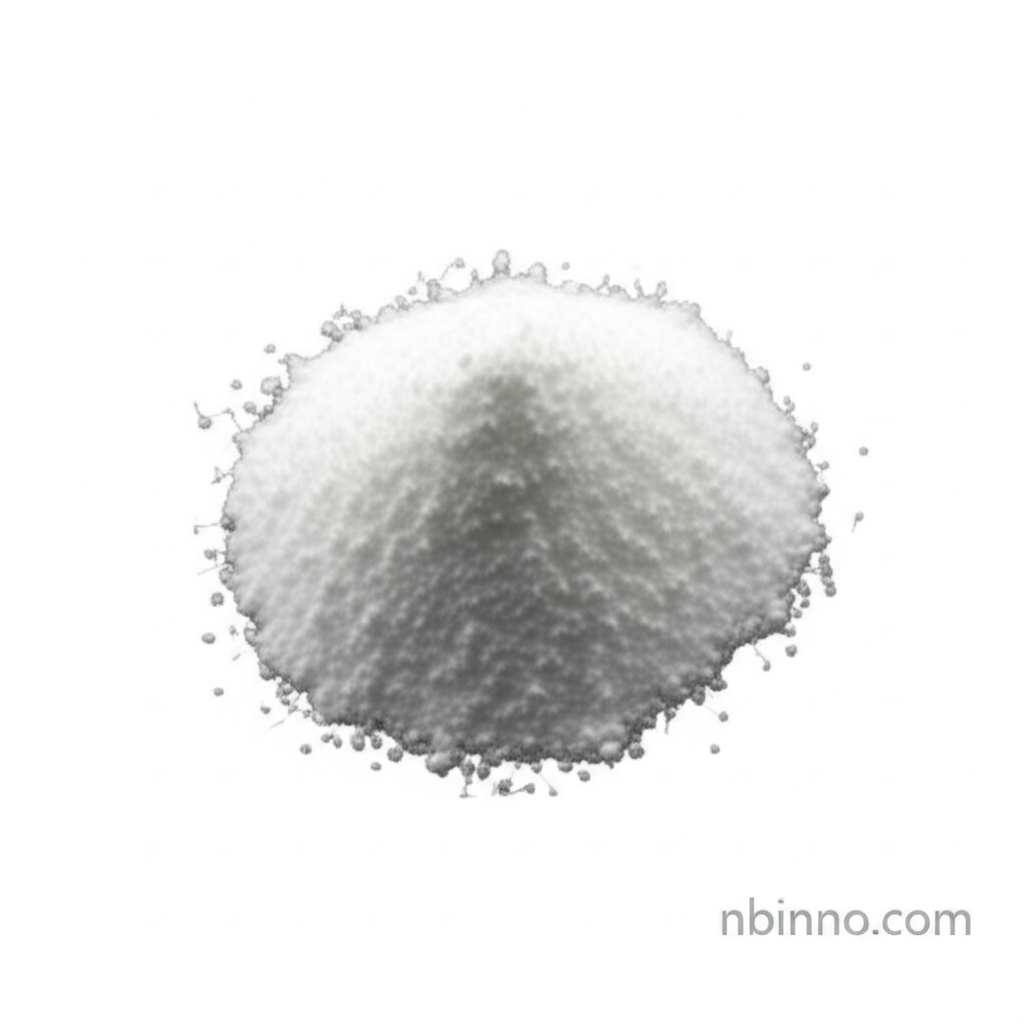4,4'-Dibromobiphenyl: A Key Intermediate for Advanced Materials and Organic Synthesis
Unlock innovation in material science and organic synthesis with this versatile aromatic bromide.
Get a Quote & SampleProduct Core Value

4,4'-Dibromobiphenyl
4,4'-Dibromobiphenyl is a symmetrical aromatic bromide extensively utilized as a crucial intermediate in the development of advanced materials and sophisticated organic synthesis processes. Its unique structure, featuring para-bromo substitutions, ensures precise directional bonding in molecular architectures, making it invaluable for creating complex chemical compounds and materials with enhanced properties.
- Explore the synthesis of advanced materials, where 4,4'-Dibromobiphenyl serves as a vital building block for high-performance thermoplastics, contributing to improved material strength and durability.
- Discover its role in OLED/LED materials, specifically in electron-transport layers, enabling more efficient and vibrant display technologies.
- Understand its significance in pharmaceutical intermediate synthesis, facilitating the creation of biaryl-based drugs essential for modern medicine.
- Leverage its reactivity in Suzuki cross-coupling reactions, a powerful tool for constructing carbon-carbon bonds in complex organic molecules.
Advantages of Using 4,4'-Dibromobiphenyl
Structural Precision
The para-bromo substitution of 4,4'-Dibromobiphenyl allows for highly specific directional bonding, critical for precise molecular architecture in advanced material design and organic synthesis.
Versatile Intermediate
This compound is a key intermediate, enabling the synthesis of a wide range of high-value products, from advanced polymers to critical pharmaceutical components.
Enhanced Material Properties
Incorporating 4,4'-Dibromobiphenyl into polymers can lead to materials with improved thermal stability and resistance, crucial for demanding applications.
Key Applications
Polymer Synthesis
As a building block, 4,4'-Dibromobiphenyl is integral to creating high-performance thermoplastics that require exceptional thermal and mechanical properties.
OLED/LED Materials
Its structure makes it suitable for use in electron-transport layers, contributing to the efficiency and lifespan of organic light-emitting diode (OLED) and light-emitting diode (LED) devices.
Pharmaceutical Intermediates
It serves as a vital intermediate in the synthesis of complex pharmaceutical compounds, particularly those incorporating biaryl structures, supporting drug discovery and development.
Organic Synthesis Reactions
The compound is a valuable reagent for various organic synthesis reactions, including Suzuki cross-coupling, enabling the efficient construction of intricate molecular frameworks.
